Sustain an Existing
Enterprise Risk Management Practice
Enterprise Risk Management involves strategic level decision making. The types of risks managed at this level impact the agency goals and objectives, can often be aligned with the strategic plan and can involve multiple levels within the agency. A key component of ERM is communicating the objectives and directives of leadership clearly to the right people at the right time up and down the organization.
Sustaining an Enterprise Risk Management practice involves embedding policies that can adapt to organizational changes. Furthermore, sustaining Enterprise level risk management depends on champions at the leadership level to continue to promote the benefits.
Guidance
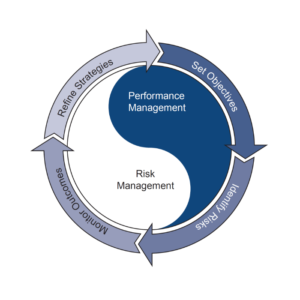
AASHTO Guide for Enterprise Risk Management
This guide (and associated quick guide) define risk management and illustrate how it complements strategic planning and performance management. They also advise on how to create an effective risk management program and what tools an agency will need.
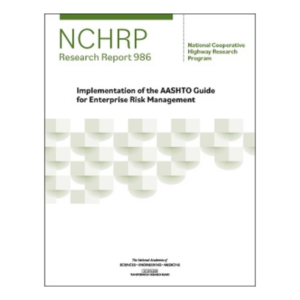
Implementation of the AASHTO Guide for Enterprise Risk Management
This NCHRP research report documents the activities of a cohort of DOTs that implemented the risk management methods developed in the AASHTO Guide for Enterprise Risk Management.
Examples
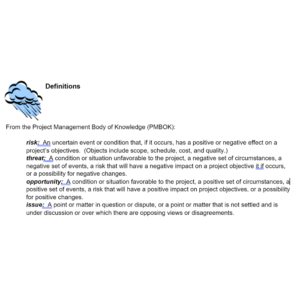
MnDOT Quick Reference
This short summary discusses the difference between a risk, threat, opportunity and issue, as well as how and when to “capture” risks.
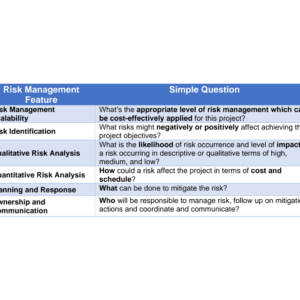
FDOT Risk Management Policy
This quick reference guide discusses FDOT’s approach to risk management, including a scale of required activities relative to project cost, roles and responsibilities, and tools.
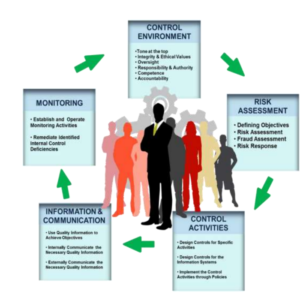
TDOT Enterprise Risk Management Guide
The guide provides the necessary background, rationale, and procedures for developing, implementing, and monitoring the adoption of the “Green Book” internal control framework in addressing risks necessary to facilitate the achievement of the DOT’s mission, goals, and objectives.
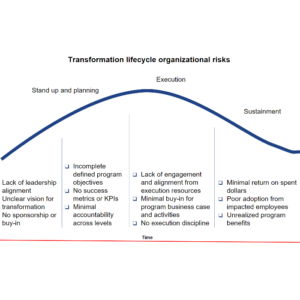
FDOT Organizational Change Management Framework
This PowerPoint slide deck defines the FDOT Transportation Technology Office’s approach to organizational change management, which includes elements of uncertainty and risk.
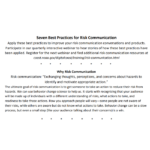
Office for Coastal Management Best Practices for Risk Communication
This best practice guide offers practical advice for how to communicate risks internally and externally.
Tools
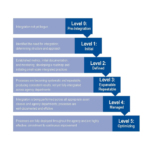
Maturity Assessment for Integration of Performance, Risk, and Asset Management
By placing themselves on this maturity scale, DOTs can easily see both what they have accomplished and what next steps they might consider taking to advance their practice.
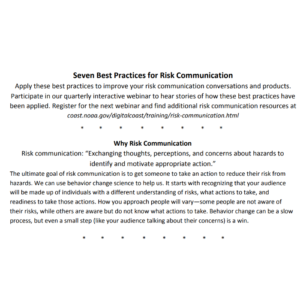
Office for Coastal Management Best Practices for Risk Communication
This best practice guide offers practical advice for how to communicate risks internally and externally.
